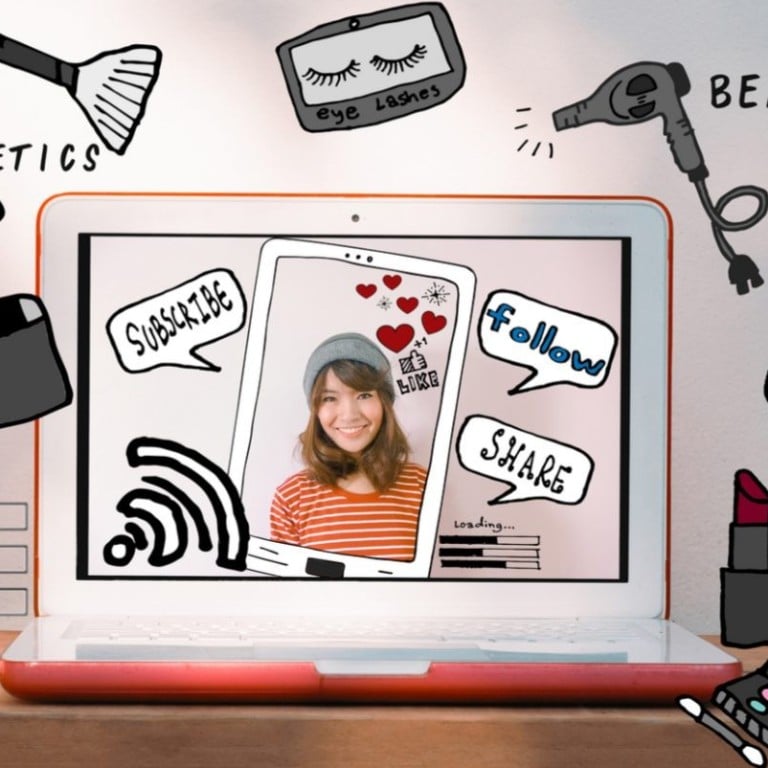How do Chinese influencers calculate their fees to market luxury items?

There are 6 key factors that KOLs consider to determine their asking price
Influencer marketing is considered an essential component of luxury marketing in China, but it can be more expensive than in the West. It can also be difficult for a company to know whether they’ve been quoted a fair price since new platforms and types of content are constantly emerging. While several websites and resources list average influencer prices based on popularity and the platforms they post on, those are generalisations, and numerous factors come into play when you negotiate with an influencer. It’s helpful to know six key factors that key opinion leaders (KOLs) consider when setting their prices. Understanding these factors – and the KOL’s point of view – help brands understand how to negotiate a better deal.
Content that is all about one product or brand appears less natural, and KOLs must work harder to generate trust with their viewers, as opposed to a post that integrates a product with other products
1. Your brand’s reputation

Large, well-known international brands that have high brand awareness in China tend to have an easier time negotiating with KOLs than niche brands or those that are new to the market. Why? Because a larger brand has an established reputation, and that makes the KOL’s job easier. Consumers also have some trust in the brand and will be more easily influenced by the KOL’s content. And for micro or mid-tier influencers, collaborating with household brands satisfies their vanity and heightens their own reputation.
2. Whether the product fits their niche
If your product is related to the KOL’s area of expertise and is a natural fit, it will be easier for them to create content surrounding it. Their audience will be receptive to that content, and the influencer will have to do less to ensure the post performs well. While they may be able to create content about products outside their niche, it takes a lot more effort and they will risk a backlash from their audience if they appear to be “selling out”. In those cases, they are likely to charge more.
3. The cost of the item